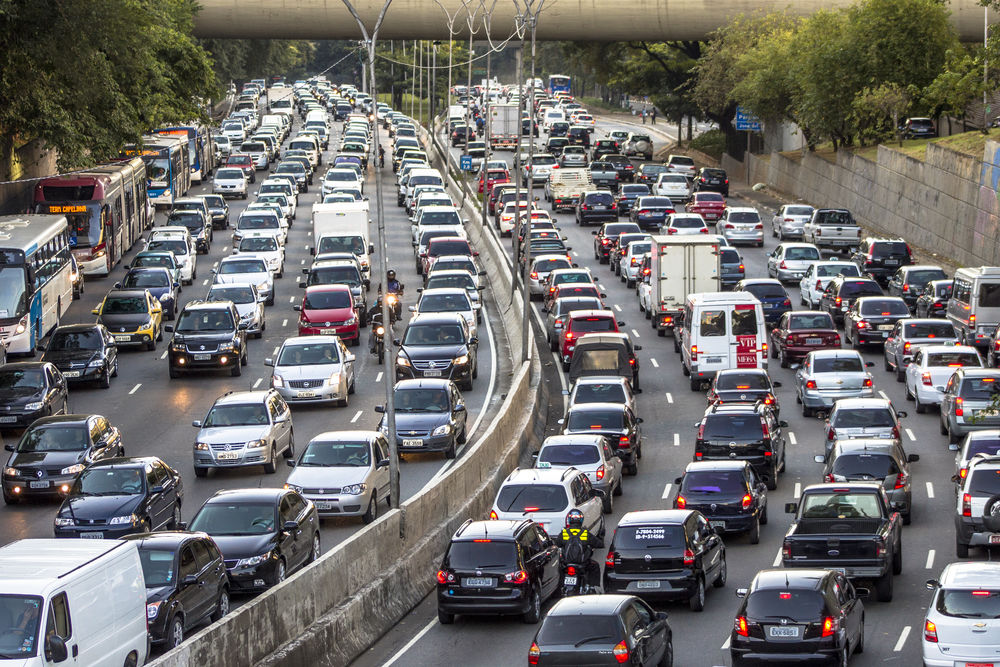To access the other concept sheets in the Metropolis unit, check out the See Also section.
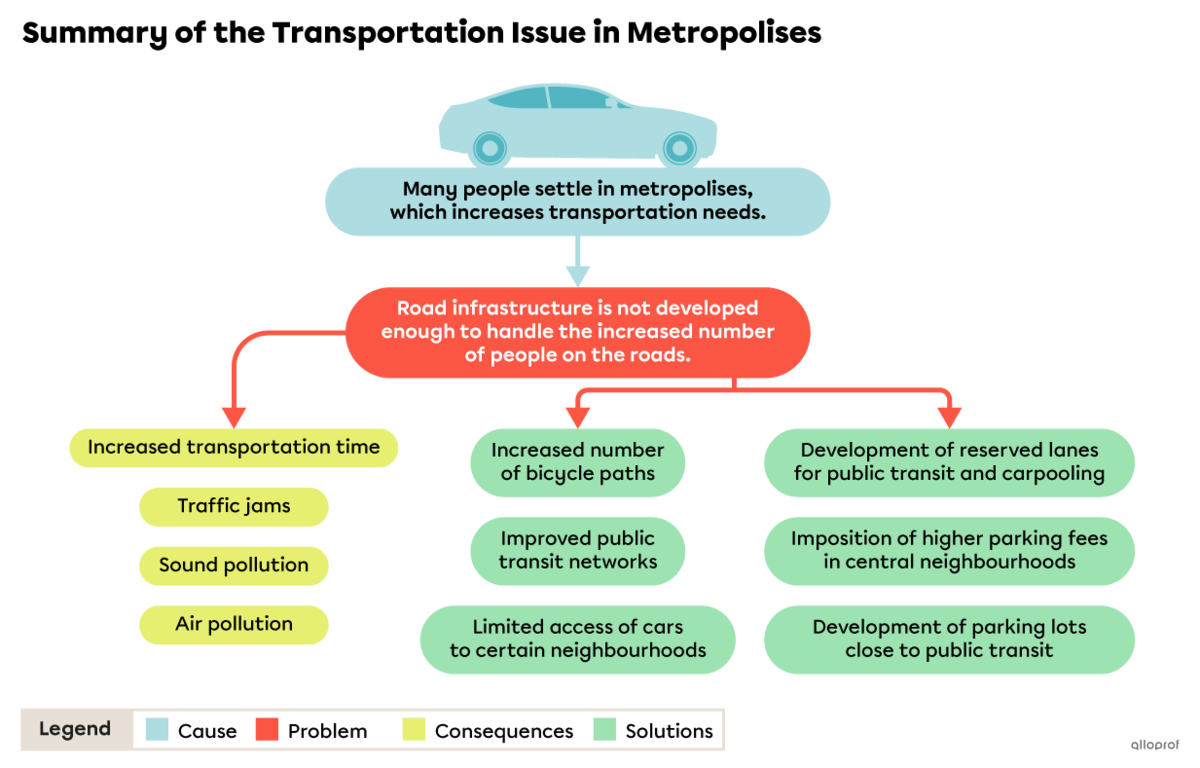
Thousands of people living in a limited space creates various challenges in a metropolis. One of them is related to the transportation of all of these people.
One of the challenges of transportation is due to urban sprawl. With more people on the roads commuting between neighbourhoods, travel time is longer.
Urban sprawl is the progressive spreading of a city over a greater area.
Road and public transit infrastructure is not developed enough to handle the increased number of people on the roads, whether in cars or on public transit; the problem is even worse during rush hour when there are even more people on the roads.
Infrastructure refers to a structure or set of structures (roads, bridges, buildings, aqueducts, etc.) that enable the planning and development of a territory.
The fact that the road and public transit infrastructure is not able to handle the population increase has a number of consequences for the metropolis and its inhabitants. Many of these consequences are interrelated: much like a domino effect in which one consequence leads to another.
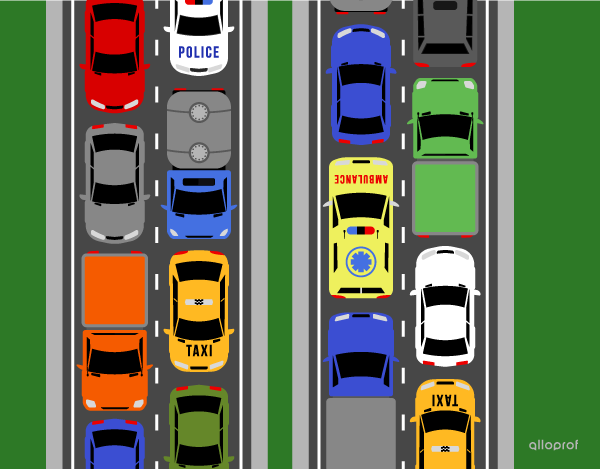 |
The inability of the road infrastructure to handle the increased movement of people leads to traffic jams on the metropolis’s various roads. |
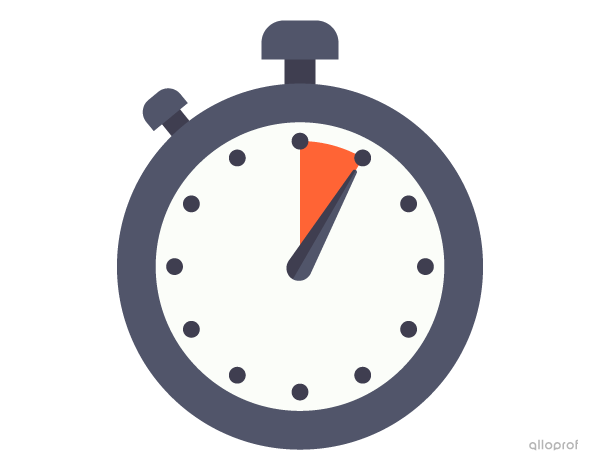 |
Many people get stuck in traffic jams, which, in turn, lengthens their travel time. The increase in travel time can cause people to be late for work or an appointment. Longer travel times also have a negative impact on the transportation of goods, causing delivery delays of raw materials to industries, or finished goods to customers. |
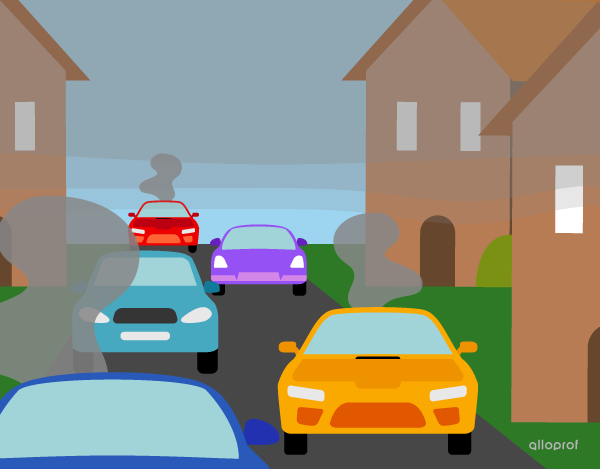 |
The increase in the number of cars on the roads as well as longer travel times increase air pollution. Most vehicles still use gasoline, a major source of greenhouse gas (GHG) emissions, and these emissions are harmful to human health. |
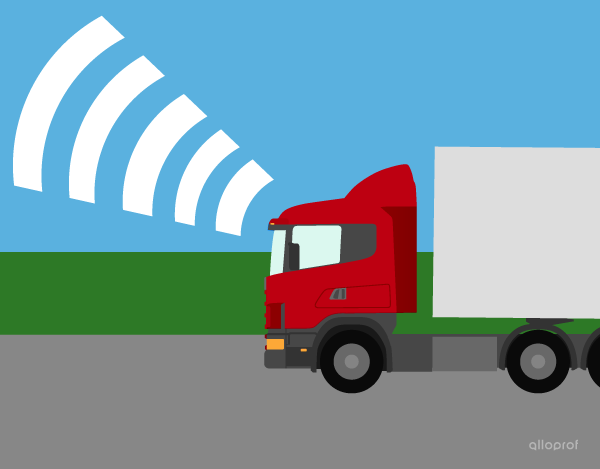 |
Sound pollution (the fact that there is a lot of noise) is also a consequence of traffic jams, especially in neighbourhoods closer to downtown. |
A greenhouse gas is a gas that retains part of the Sun’s heat in the atmosphere.
Here are a few possible solutions for reducing the pressure on our road and public transit infrastructures.
| Solution | Explanation |
|---|---|
|
Development of reserved lanes for buses and carpooling |
This will encourage people to use public transit and carpooling by reducing travel time. |
|
Development of bicycle lanes |
This will provide structure and safety to cyclists and will encourage this means of transportation. |
|
Limitation of car access in certain neighbourhoods |
For example, limiting traffic by only allowing the residents of a neighbourhood to use their cars there. This type of restriction is mostly used in neighbourhoods close to downtown. |
|
Development of parking lots close to public transit |
This could encourage drivers to use public transit for part of their travel. |
|
Imposition of high parking fees in central neighbourhoods |
This could encourage people to use public transit in order to save money. |
Another solution for reducing issues related to transportation is to lower the cost and improve the availability of housing in the city’s central neighbourhoods. Reducing urban sprawl and keeping people closer to downtown will allow these people to walk, bike or use public transit.
To access the rest of the unit, you can consult the following concept sheets.
